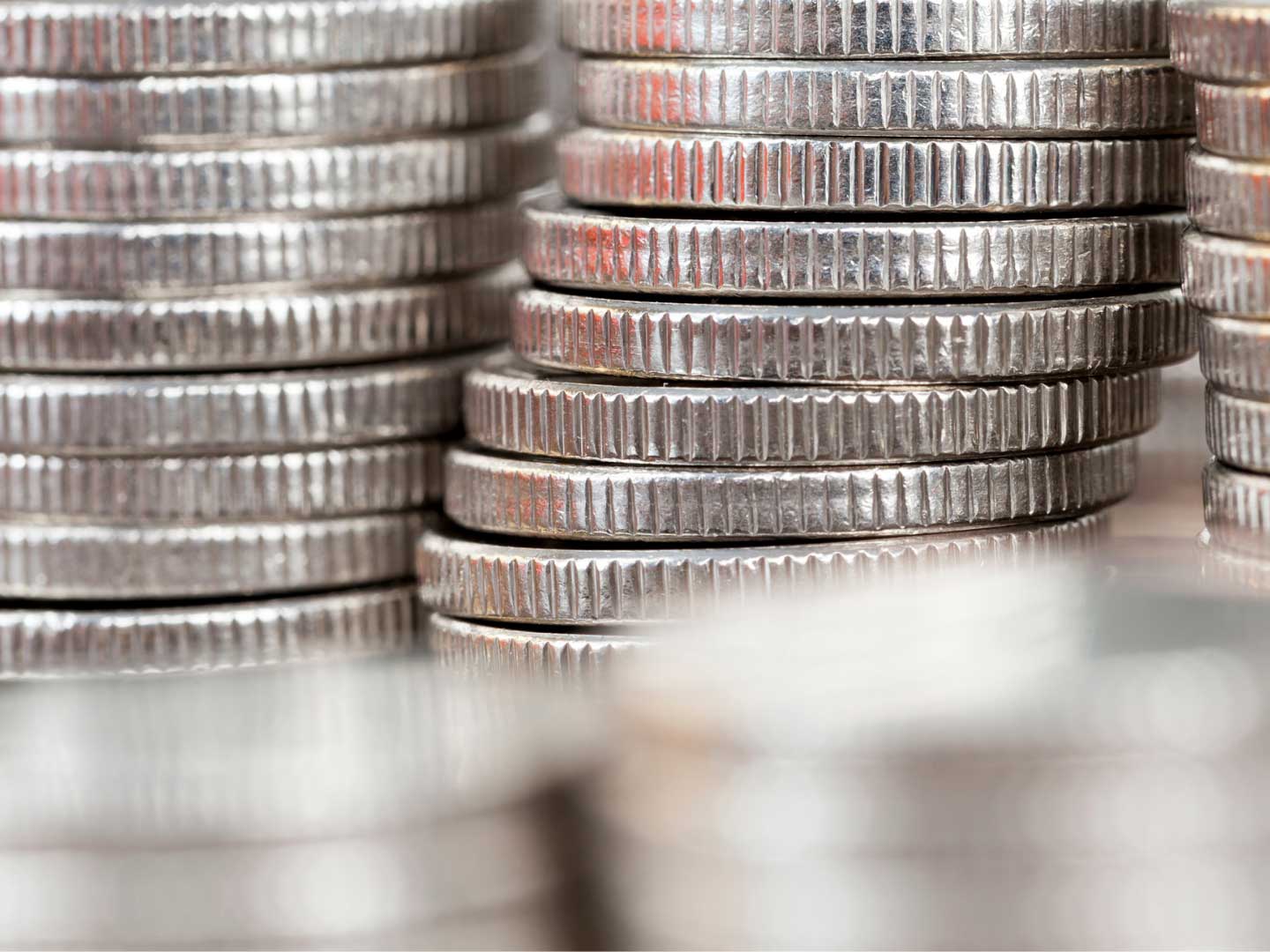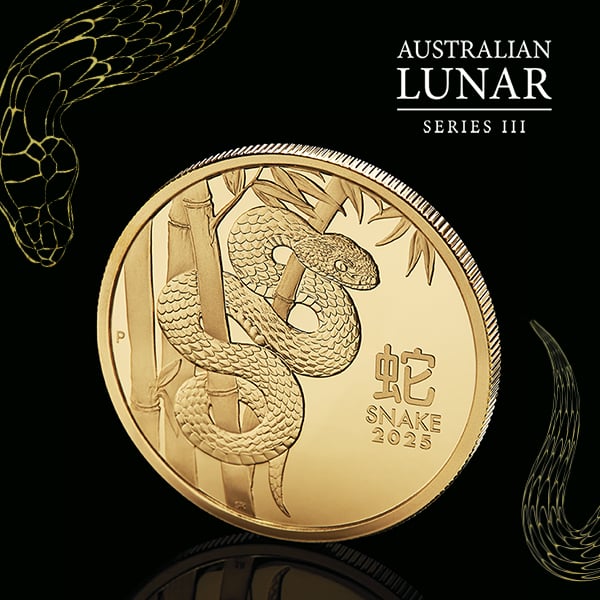Why have silver prices spiked now?

The price of silver spiked in the first week of February to an eight-year high of more than AUD 38 per troy ounce.
As seasoned silver watchers know, gold’s little brother is prone to such rapid movements – both up and down again with lightning speed. Many investors will recall its extreme volatility exactly a decade ago.
Silver peaked at a 31-year high in March 2011 as the cost per ounce approached 50 dollars in USD terms and more than AUD 43 per ounce. The main driver was safe haven demand caused by the financial shock at the downgrading of the US sovereign debt rating.
But the furore was relatively short-lived. Since 2015 silver has averaged nearer AUD 20 per ounce.
Another reason for silver’s volatility is that as well as its historical role as a jewellery and monetary metal, it is also an industrial metal. In fact, more than 60% of demand for silver can be industrial.
When the world economy recovers from COVID-19 demand for silver could increase sharply. Applications are widespread throughout the solar, automotive, electronics, soldering and other sectors, including medicine and purification.
For some investors, this potential upside may already be factored into their precious metal investment strategy.
But February’s spike in silver prices was in fact driven by something else entirely.
To help understand the sudden movement, let’s quickly recap what just happened to the price of GameStop stock on Wall Street.
A large online community of small retail investors in the US decided to ‘game’ a number of wealthy hedge funds who were ‘shorting’ the company’s stock.
Shorting is a risky method employed by sophisticated investors to make money from falling share prices.
In simplistic terms, they borrow shares in a failing company and sell them in anticipation of further declines. If the price does indeed fall, they buy them back at a cheaper price - returning the shares to the owners while pocketing a nice profit in the process.
Except that in the case of GameStop, the band of rebellious investors bid the stock price upwards – by an astonishing 700% in a matter of days – squeezing the short sellers who suffered losses estimated in the billions of dollars.
Silver, it appears, has become the next target for this group of online investors, many of whom are driven by the desire to get even with banks and institutional investors whom, according to their personal beliefs, have manipulated markets for years.
Driven by chatter in their online echo-chambers, it is not just bars and coins that shot up in value. ETF and shares in silver producing companies also felt the effects.
At the time of writing, however, the push already seems to be dwindling. Silver is currently hovering at around AUD 35 per ounce.
While the extraordinary action in the US in relation to GameStop has financial authorities scrambling for a response, it is unlikely the attempt to short squeeze silver will have nearly such significant effects.
The Perth Mint has definitely seen a spike in demand for silver products, which is unsurprising given the level of attention the asset class is currently generating.
“Moving forward, there remain a lot of reasons to expect that the silver price will rise, and that it will continue to be a good investment”
“Nevertheless, there is some risk, and investors should be cautious in believing one can permanently profit from a supposed short-squeeze in any asset, including silver.” said The Perth Mint’s Manager – Listed Products and Investment Research, Jordan Eliseo.











